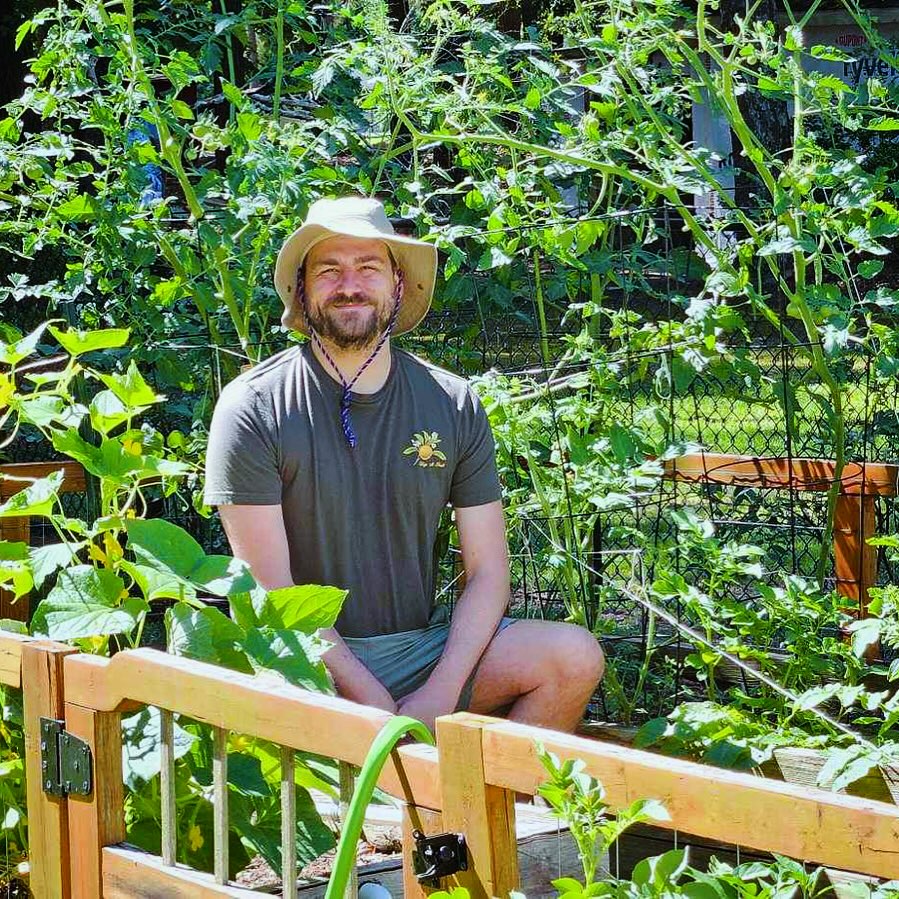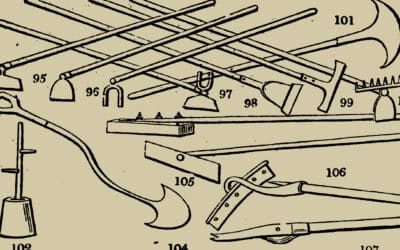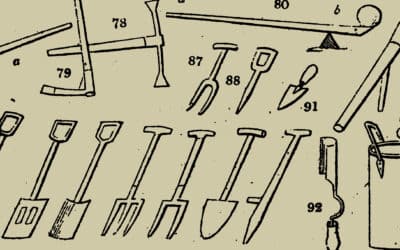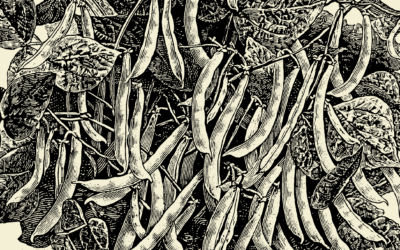Key Takeaways
We aim to:
- Highlight the challenge gardeners face with soil that is too compact, sandy, or improperly retains water.
- Introduce the soil texture triangle as a key tool for understanding and improving soil composition.
- Discuss the importance of soil texture (sand, silt, clay) in gardening success and sustainability.
- Explain how the soil triangle helps in identifying soil types and tailoring gardening practices.
- Share a personal experience of improving heavy clay soil by adding organic matter and sand, demonstrating the functional use and benefits of soil texture knowledge.
Understanding The Soil Triangle
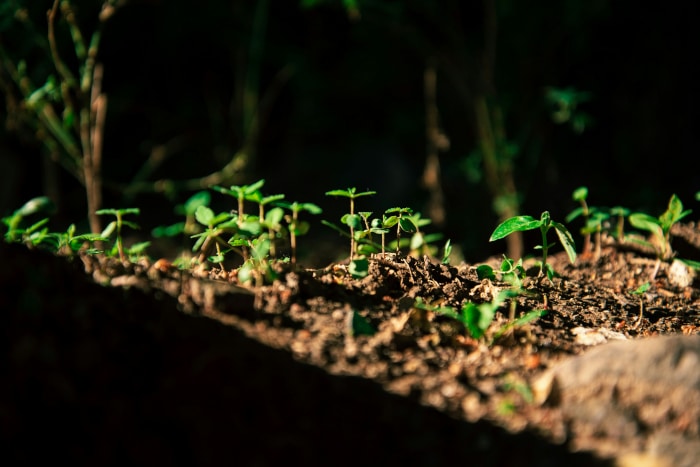
Soil texture, an important part of gardening, involves the balance of sand, silt, and clay.
This balance influences the soil’s drainage, nutrient retention, and aeration, affecting plant health directly. Sand particles create a gritty texture, improving drainage but often leading to nutrient and moisture loss.
Silt, with its flour-like feel, acts as a middle ground, retaining moisture and nutrients more effectively than sand. Clay, sticky and dense, is rich in nutrients but may slow down root growth and drainage due to its compact nature. Understanding your garden’s soil texture is essential for every gardener aiming for a sustainable and thriving garden.
The soil texture triangle is a tool that visualizes this balance, guiding gardeners to adjust their soil composition for excellent plant growth. By recognizing the unique needs required of their soil’s texture, gardeners can make changes, enhancing the garden ecosystem’s resilience and productivity. We hope this will help them to become more sustainable and self-sufficient.
Exploring the Soil Triangle
The soil triangle is a gardener’s guide, helping them through the diversity of soil types.
By plotting the percentage of sand, silt, and clay, you can determine the soil’s type among twelve major categories: sand, loamy sand, sandy loam, loam, silt loam, silt, sandy clay loam, clay loam, silty clay loam, sandy clay, silty clay, and clay.
Each category offers information into the soil’s physical properties and how it might be improved. This identification marks the first step in setting your gardening practices to meet the specific needs of your garden’s soil, making sure you achieve ideal plant health and soil fertility.
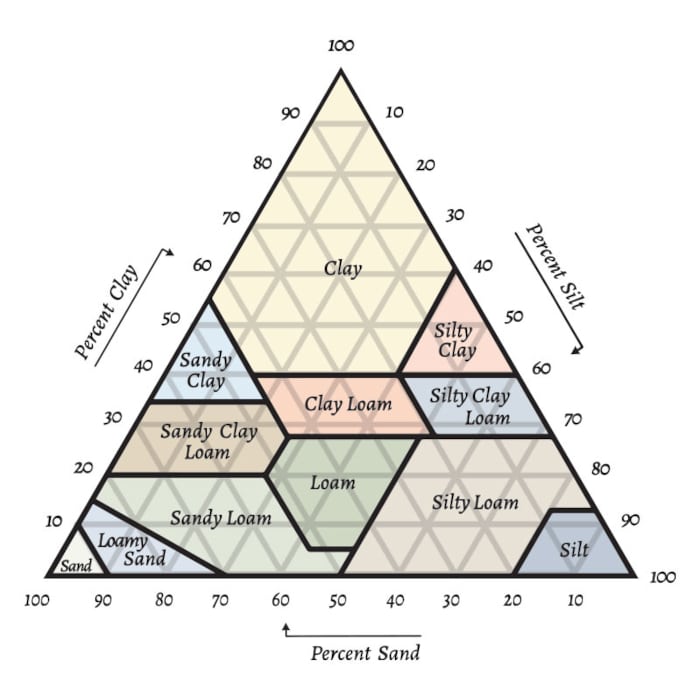
How to Read the Soil Texture Triangle:
- Determine Soil Composition: First, you need to know the percentage of sand, silt, and clay in your soil. This can be done through soil testing.
- Find Each Percentage on the Triangle:
- The left side of the triangle measures the percentage of clay.
- The right side measures the percentage of silt.
- The bottom side measures the percentage of sand.
- Plotting on the Triangle:
- Start by finding the percentage of clay on the left side of the triangle. Move horizontally (to the right) from this point.
- Next, find the percentage of silt on the right side of the triangle. Move diagonally (towards the left lower corner) from this point.
- Find the percentage of sand along the bottom side. Move vertically from this point.
- Intersection Point: The point where these three lines intersect is your soil texture. This intersection will fall within a specific area labeled with a soil type like loamy sand, sandy loam, silty clay, etc.
Example:
Suppose your soil has 30% clay, 50% silt, and 20% sand:
- Start at 30% on the clay side and move right.
- Find 50% on the silt side and move diagonally toward the lower left.
- Locate 20% sand on the bottom and move up.
- The point where all three lines meet will give you the soil type.
Useful Application and Benefits
The process of understanding begins with gathering soil samples from your garden.
This is a hands-on experience that helps you to learn about your soil basics, and connects you to your land. Through simple methods like the ribbon test or the more precise sedimentation technique, you can uncover the percentages of sand, silt, and clay.
This process not only draws you closer to your garden’s ecological dynamics but also allows you to make changes that line up with ideas of conservation and environmental protection. In my own garden, the realization that I was dealing with heavy clay soil—a discovery made through the soil triangle—was a turning point.
It explained the over soaking and the tough conditions my plants were facing. Using this knowledge, I set out to improve drainage and soil structure by adding organic matter and sand, transforming my garden plot by plot.
Impact on Plant Growth and Soil Health
Soil triangle affects everything from water retention and drainage to root penetration and aeration. A sandy soil may drain too quickly, draining nutrients and leaving plants thirsty.
Clay soil, on the other hand, might hold water too well, suffocating roots. By adjusting the soil composition, whether through the addition of compost to sandy soils or gypsum to break down clay, gardeners can create a more hospitable environment for their plants.
Reflecting on my gardening experience, the improvement was remarkable. Where water once stood in puddles, now it soaked through, reaching deeper roots and encouraging stronger, healthier plant growth. The soil felt alive, full of worms and microorganisms, a big improvement from the compacted clay I started with.
Conclusion
The process of recognizing the problem of uncooperative soil to finding and adding a solution through the soil triangle is proof of the strength and cleverness of gardeners. This process is not just about enhancing plant growth but about supporting a deeper connection with the environment and embracing a sustainable way of living.
As we learn to read the language of the soil, we create opportunities for more fruitful gardens and a healthier planet. So, take up the challenge: explore your soil, engage with its texture, and let the soil texture triangle guide you to a garden that’s not only beautiful but one with nature. Your plants, and the earth itself, will thank you.



